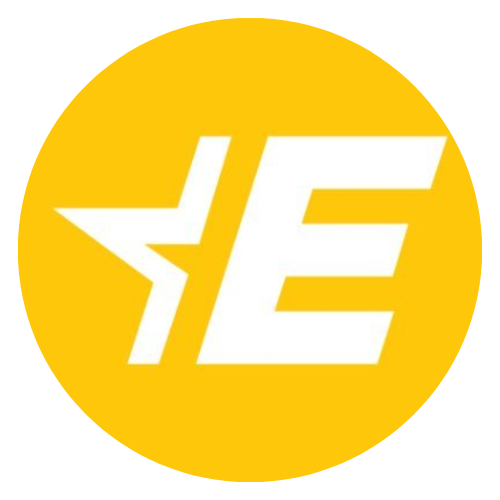Cloud-based tools have become essential for professionals across sectors, making daily work faster and more efficient. But convenience often comes at a cost: growing exposure to cyberattacks, data leaks, and GDPR violations. When a seemingly harmless click on “save” can compromise confidentiality, digital security is no longer a bonus feature—it’s the foundation of professionalism.
At first glance, modern remote work tools seem like a blessing: instant file access from anywhere, smooth teamwork, automatic backups, and rapid syncing. But behind these benefits lies a serious risk. Files uploaded to the cloud often end up on servers located in countries with privacy standards that differ significantly from those in the EU. In most cases, users have little to no idea where their data is being stored—or who may have access to it.
France’s cybersecurity agency ANSSI warns that the threat of unauthorized access is increasing year by year. Meanwhile, many widely used cloud service providers still fail to meet the EU’s data protection requirements, as shown by reports from initiatives such as France Num. As a result, every user—regardless of their industry—should be aware that choosing the wrong tool can lead to serious breaches of information security.
